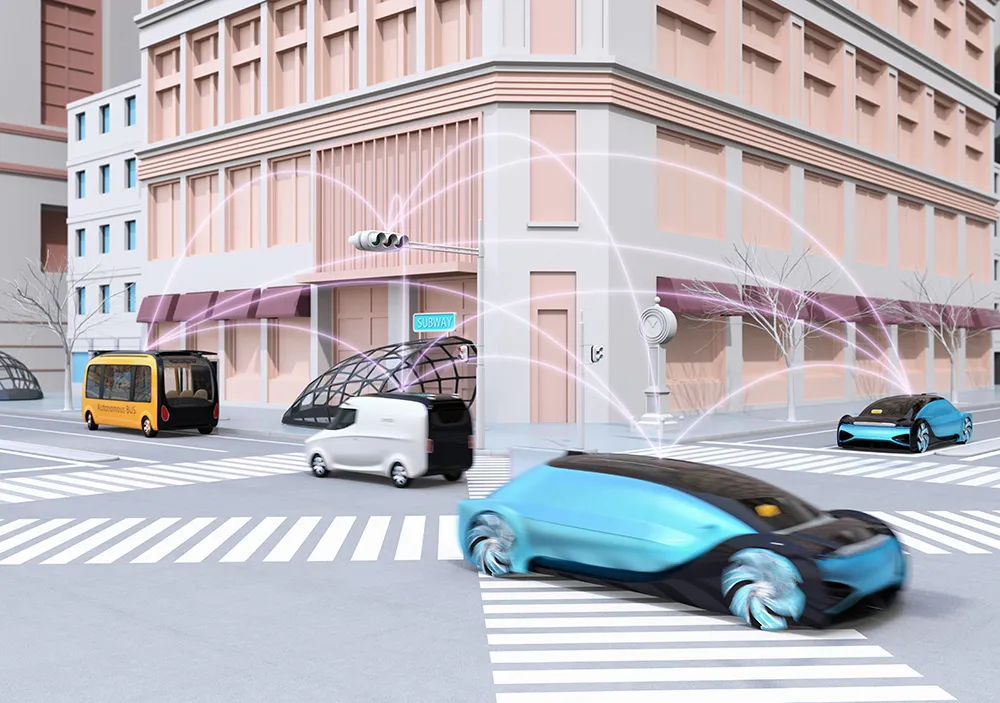The 2012 ITS World Congress in Vienna saw the signing of a liaison agreement between TISA (Traveller Information Services Association) and the GENIVI Alliance. Signed by Thomas Kusche (TISA President) and Ton H. Steenman (Vice President, Intel Architecture Group, a founding charter member of the GENIVI Alliance), the agreement sets the framework for an exchange of TISA specifications between the two communities with the aim of harmonising protocols in the areas of common interest. More specifically, it is i
October 31, 2012
Read time: 2 mins
The 2012 6456 ITS World Congress in Vienna saw the signing of a liaison agreement between TISA (6653 Traveller Information Services Association) and the 6802 GENIVI Alliance.
Signed by Thomas Kusche (TISA President) and Ton H. Steenman (Vice President,4243 Intel Architecture Group, a founding charter member of the GENIVI Alliance), the agreement sets the framework for an exchange of TISA specifications between the two communities with the aim of harmonising protocols in the areas of common interest.
More specifically, it is intended that GENIVI will re-use and implement in its interfaces the codes already defined in the tables of the TPEG specifications (standardised in the ISO/TS 21219 series) for all applications related to traffic information. This agreement, which involves the exchange of working documents at an early development stage, was made possible jointly by members of TISA and of the GENIVI Alliance who initially identified the need to join forces.
Thomas Kusche commented: “This liaison agreement is an important milestone for the TISA community and for TPEG technology. It will facilitate the development of harmonised standards and, most importantly, the delivery of coherent traffic Information to the end-user. It confirms that the automotive industry regards TPEG by as a well-established worldwide standard”.
Signed by Thomas Kusche (TISA President) and Ton H. Steenman (Vice President,
More specifically, it is intended that GENIVI will re-use and implement in its interfaces the codes already defined in the tables of the TPEG specifications (standardised in the ISO/TS 21219 series) for all applications related to traffic information. This agreement, which involves the exchange of working documents at an early development stage, was made possible jointly by members of TISA and of the GENIVI Alliance who initially identified the need to join forces.
Thomas Kusche commented: “This liaison agreement is an important milestone for the TISA community and for TPEG technology. It will facilitate the development of harmonised standards and, most importantly, the delivery of coherent traffic Information to the end-user. It confirms that the automotive industry regards TPEG by as a well-established worldwide standard”.










